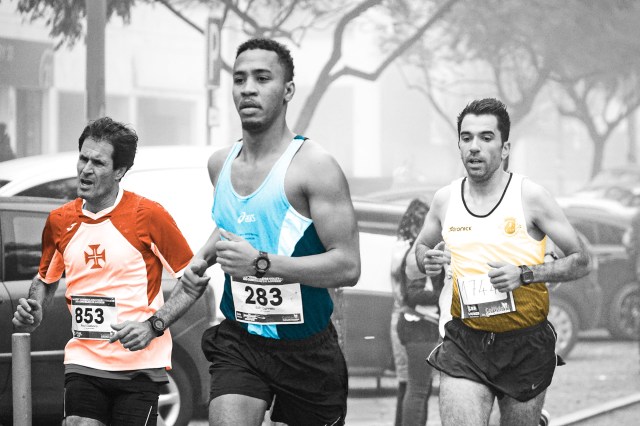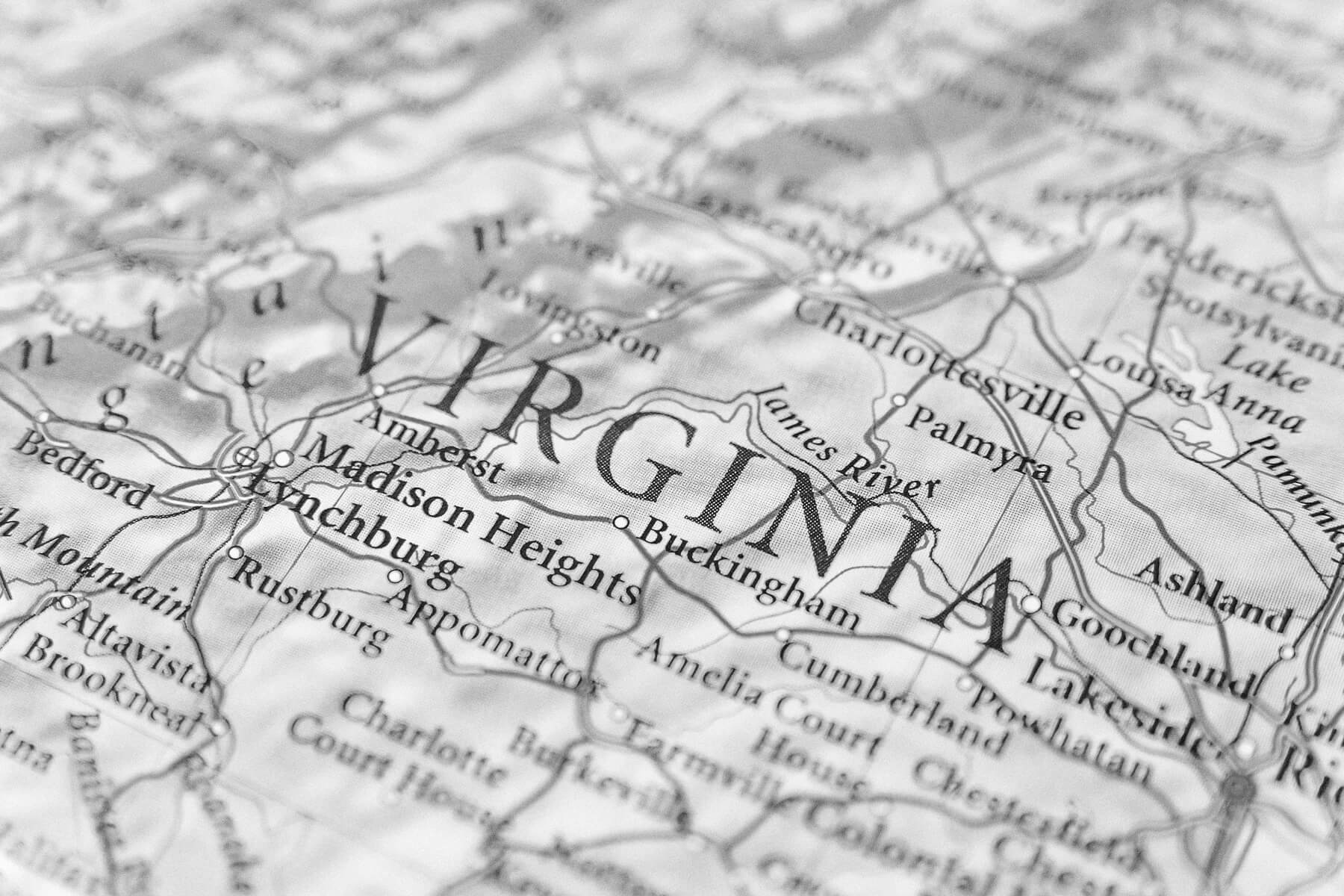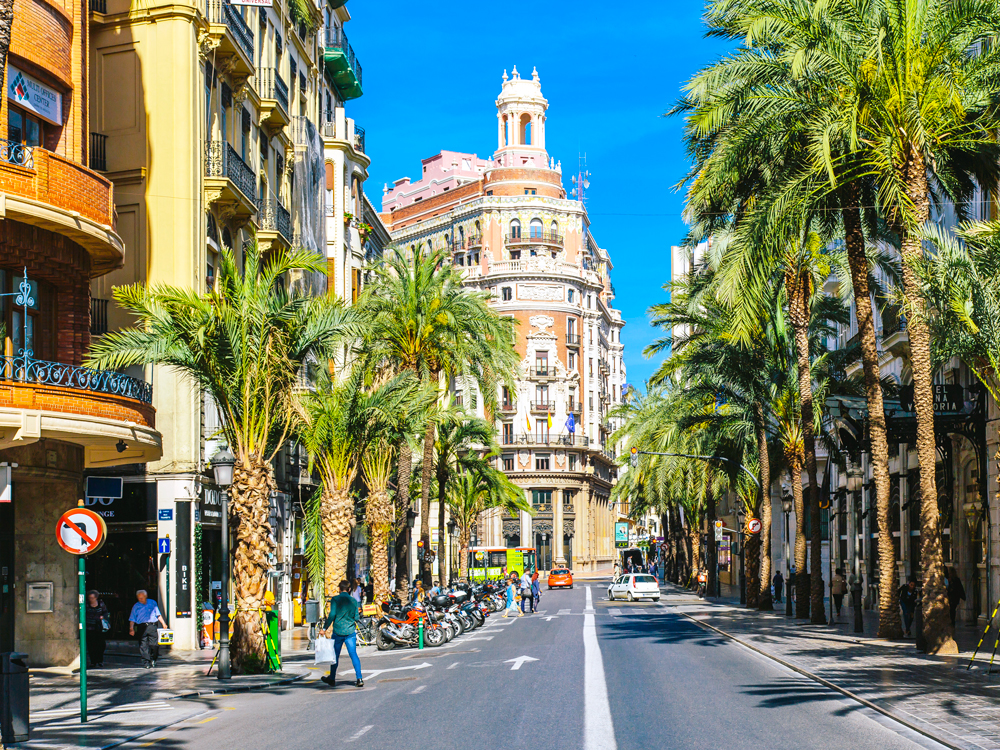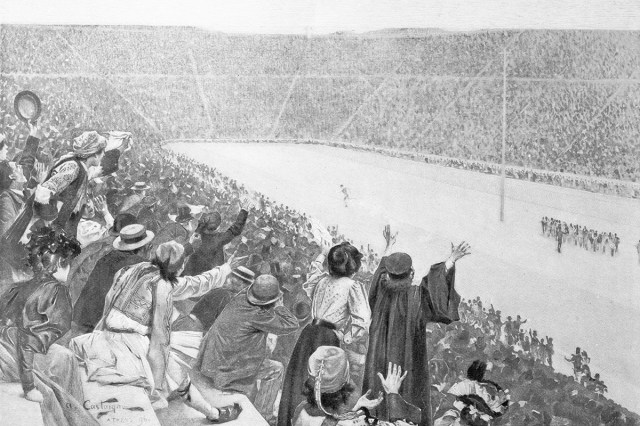
It Started With a Greek Victory
The marathon’s origin story begins, as you may suspect, with someone running. According to legend, in 490 BCE, a Greek soldier named Pheidippides ran from the battlefield of Marathon to the city of Athens to deliver news of a Greek victory over the invading Persians, covering a distance of roughly 25 miles in the process. As the story goes, he burst into the assembly of Athenians, shouted “Nike! Nike! Nenikekiam!” (“Victory! Victory! Rejoice, we conquer!”), then collapsed from exhaustion and died.
While historians doubt the accuracy of this tale, it was nonetheless embraced as inspiration for the first modern Olympic marathon. When the Games were revived in Athens in 1896 after a roughly 1,500-year hiatus, organizers wanted to implement a race that honored Greece’s ancient glory. So they designed a route from the town of Marathon to the Olympic stadium in Athens, covering about 24.8 miles, or 40 kilometers.
In that inaugural marathon, Greek runner Spyridon Louis won the race and instantly became a national hero. The event’s drama and symbolism helped cement its place in future Olympic Games. But if Pheidippides ran about 25 miles and the first Olympic marathon was 24.8 miles, where did 26.2 come from?
For that, we have to look to British royalty.
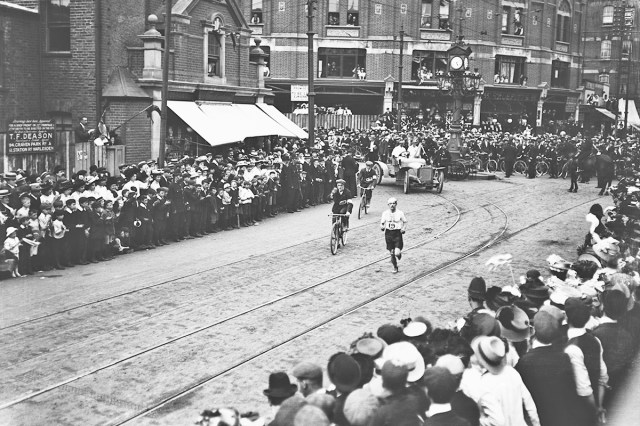
The 1908 Olympics Set the Standard
When London hosted the Olympics in 1908, organizers originally planned a marathon route of 26 miles, starting at Windsor Castle and ending at the entrance of the White City Stadium, which had been specially built for the Games. The decision was made to have the finish line extended so the race ended inside the stadium and in front of the royal box where King Edward VII and Queen Alexandra would be in attendance. This alteration lengthened the race from 26 miles to 26 miles and 385 yards — or exactly 26.2 miles.
That seemingly minor tweak was meant to be a one-time accommodation, and over the next several years, marathon distances continued to vary slightly, depending on the course. Finally, in 1921, the International Amateur Athletic Federation (now World Athletics) standardized the modern marathon at 26.2 miles, using the 1908 London course as the official template.

An Olympic Tradition Became a Global Pursuit
In the decades that followed, marathons exploded in popularity beyond the Olympics. Cities around the world began hosting their own races, including the Boston Marathon, which began in 1897 and is now the world’s oldest annual marathon. What started as an elite event for the world’s greatest athletes slowly became something everyday runners aspired to complete.
Still, for much of its early history, marathon running remained a sport exclusively for men. Women weren’t officially allowed to run the Boston Marathon until 1972 — though Kathrine Switzer made history when she entered the 1967 race, registering with her initials and becoming the first woman to run Boston with a bib number. Race officials tried to physically remove her mid-course, but she finished anyway, helping spark a movement toward gender inclusivity.
In 1984, the first Olympic women’s marathon was held in Los Angeles. American runner Joan Benoit Samuelson took gold, and her performance helped cement the idea that marathons were for everyone — not just elite male athletes.
More Interesting Reads

What the Marathon Represents Today
Although the length of a modern marathon has been standardized for more than a century, its ancient origin story still fascinates people. Today, the number 26.2 appears everywhere — on bumper stickers, medals, T-shirts, mugs, and even tattoos. It’s more than a measurement: It’s a symbol of grit, transformation, and tenacity. For elite athletes, it’s a test of world-class speed and endurance. For amateur runners, it’s a bucket-list goal that’s often the culmination of months of training, mental toughness, and personal growth.
It’s not just the distance that matters — it’s the story behind it. Because when you run a marathon, you’re not just covering 26.2 miles, you’re stepping into a story that’s been unfolding for more than 2,000 years.

